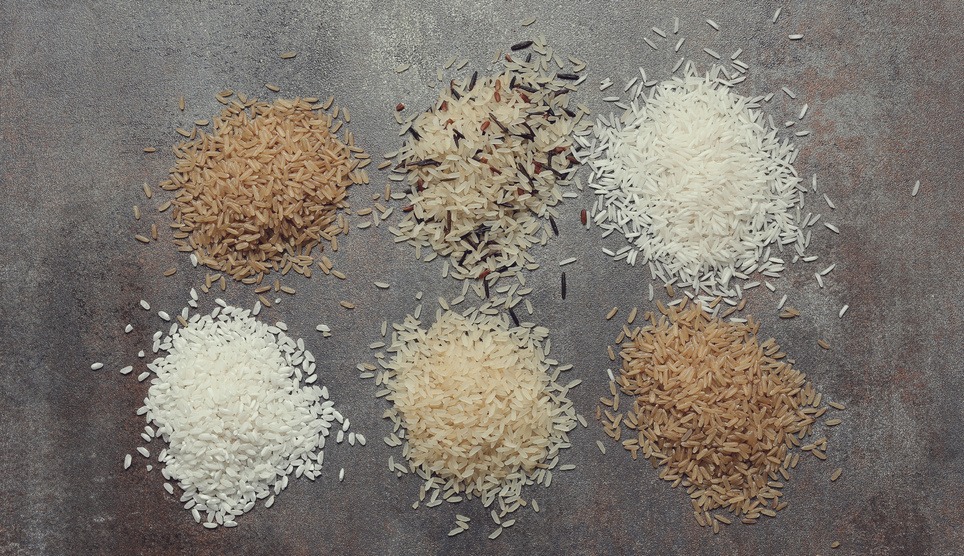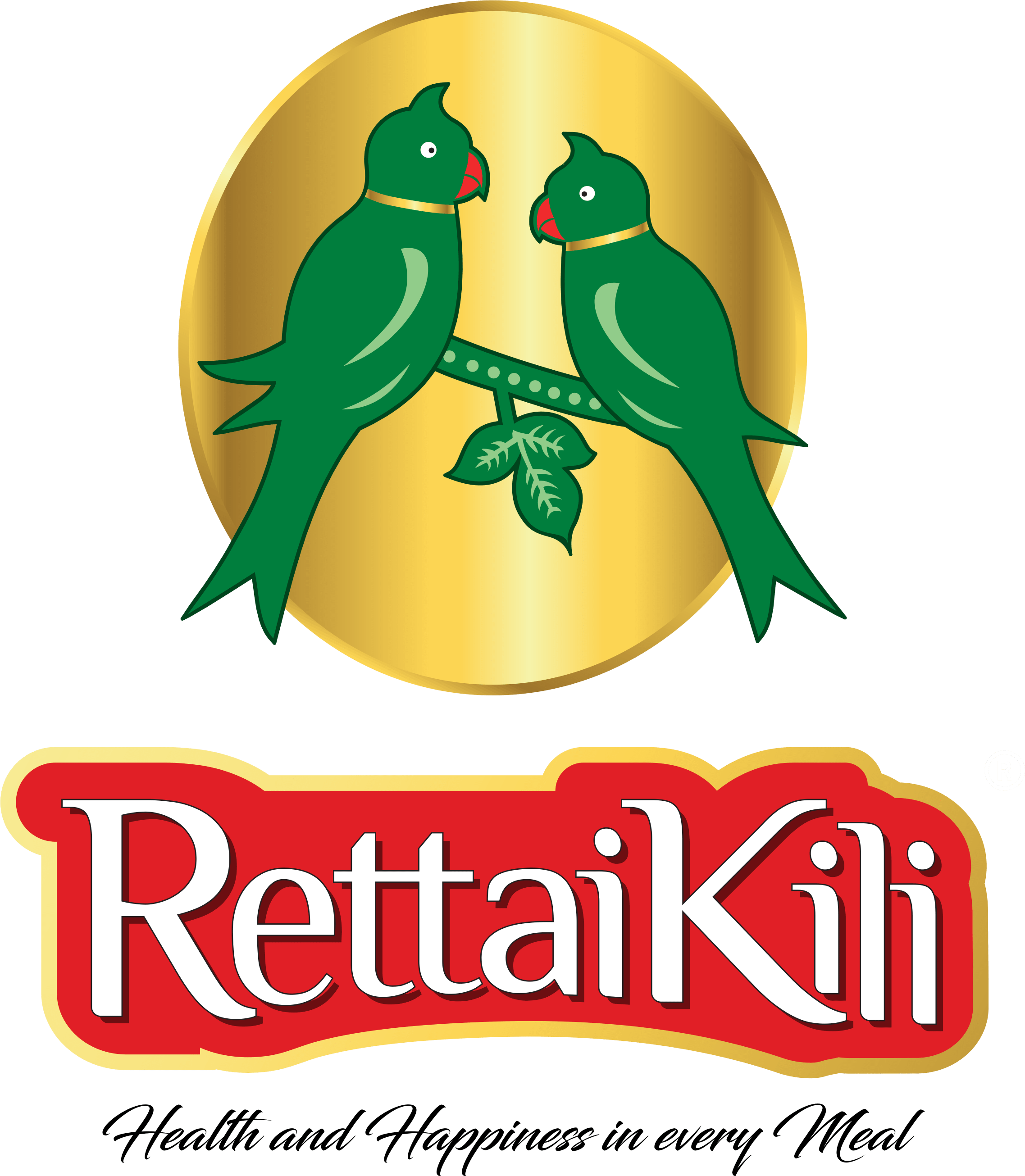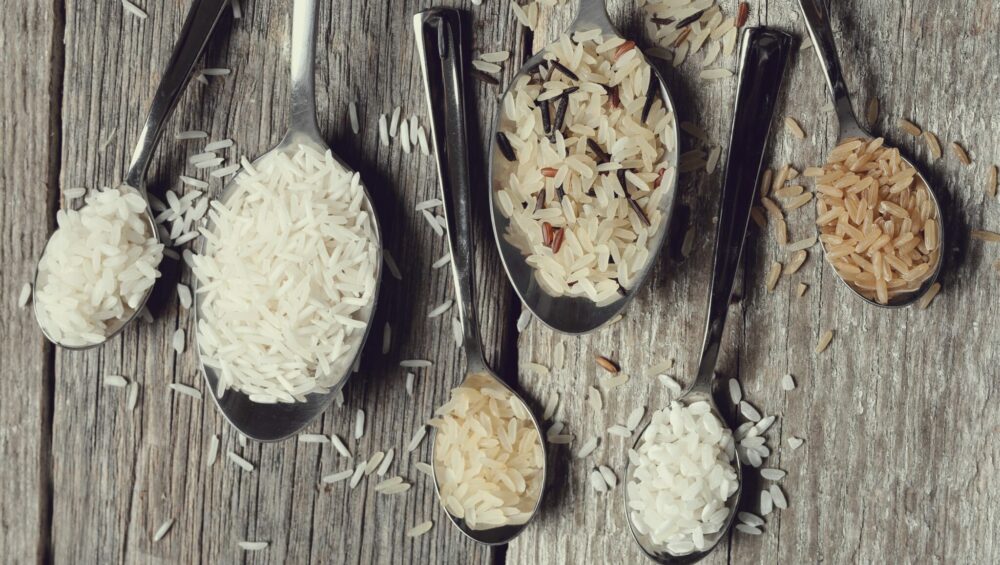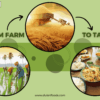Rice, a globally cherished staple with a rich history, has sustained millions worldwide for centuries, with its journey intricately tied to rice processing.
What is Rice? Botanically, rice is a remarkable grass with intricate anatomy:
- Hull: An indigestible shell abundant in fiber and silica.
- Bran: An edible outer layer packed with essential vitamins, oils, minerals, antioxidants, and protein.
- Endosperm: The white interior, a vital source of starch, protein, vitamins, and minerals.
- Germ: The embryo, a powerhouse of vitamins, minerals, antioxidants, and protein.
In the Field and Mill: Every rice grain begins encased in a resilient husk, necessitating removal before consumption. Milling removes the hull, revealing nutritious whole grains. Most rice varieties undergo further processing, yielding well-known choices such as Sona Masoori, Rajabogam Ponni, Kerala Matta, Idli, and Seeraga Samba.

Rice of Many Colors: The color of rice is closely linked to the bran color. While white rice loses some nutrients during processing, colored rice varieties retain their bran and nutrients, resulting in a nuttier taste.
Long or Short: Rice is categorized based on length:
- Short: Varieties like Kerala Matta Rice and Seeraga Samba.
- Medium: Including Rajabogam Ponni and Sona Masoori.
- Long: Such as the renowned Basmati rice.
Starch: The Game Changer: The composition of rice starch significantly influences its texture. Amylopectin lends stickiness, exemplified by Rajabogam Ponni and Seeraga Samba, while amylose imparts fluffiness, as found in Basmati rice.
Boiled vs. Raw: The Debate: Parboiled rice retains valuable nutrients and boasts pest resistance. On the other hand, raw rice theoretically offers more nutrition but loses water-soluble nutrients when washed.
Your Comprehensive Rice Guide: Explore the fascinating world of rice, empowering you to make informed choices for a healthier and more vibrant kitchen.




